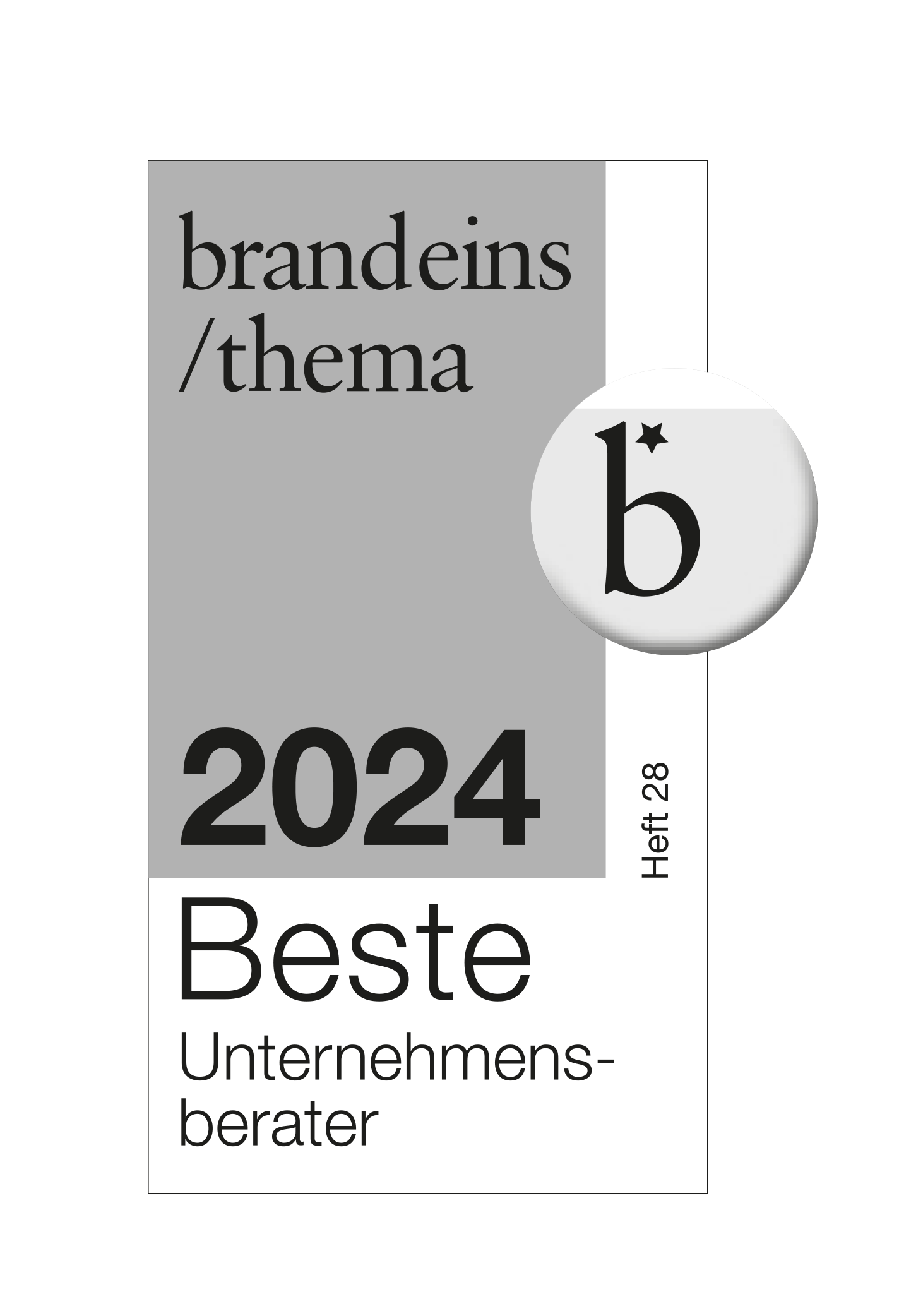Profit center accounting with transfer prices
Numerous companies have long since established a decentralized organizational structure with profit centers for corporate management purposes. The manager of a profit center is given extensive decision-making authority and is expected to act like an independent entrepreneur. Their performance is measured by the success of their profit center. As a rule, part of their variable remuneration is linked to this period performance. This is intended to ensure that the manager is highly motivated. However, the determination of the profit for the period is not only used to calculate the variable remuneration of the profit center manager. Rather, the profit for the period of a profit center is intended to provide management with important information for the strategic orientation of the company.
Unfortunately, determining the profit for the period is in many cases much more difficult than we might expect at first glance. The decisive factor here is the criterion used to create the profit centers. When profit centers are created on the basis of objects (usually according to product groups), each profit center is embedded in its own procurement and sales market. This means there is only a low level of service interdependencies between the profit centers.
The opposite is the case when profit centers are created on the basis of operation. Examples of this type of profit center creation are the division into a production and a sales profit center or – if the value chain is particularly deep – the division into a profit center A for the production of semi-finished products and a profit center B for the production of finished products. There are large interdependencies between these profit centers, which are caused in particular by the material movements between these profit centers (e.g., consumption of the semi-finished product).
In both examples, the profit centers are part of a legally independent unit (a company code). The material movements between the profit centers are correctly mapped in accounting terms with the posting record "Inventory change to stock" (for the withdrawal of the semi-finished product in the other profit center). From a legal point of view, only the calculated standard price of the material may be used as the valuation approach for this posting.
When profit center accounting is active, each posting document is automatically assigned to a profit center. In this case, it is possible to display not only the result of the company code but also the result of the two profit centers by accessing the posting documents. However, this result absolutely does not meet expectations: The P&L data displayed for the profit centers is almost unusable with regard to the aspect of corporate management and in particular with regard to the required motivational effect for the profit center managers.
The main criticisms of this solution are:
- The profit is not divided between the profit centers, but is reported 100% at the receiving profit center. Since the semi-finished product produced is only transferred from the supplying to the receiving profit center at the standard price, the supplying profit center can only report a profit if the cost of producing the semi-finished product is lower than the calculated standard price. The supplying profit center is thus controlled exclusively by variances. In this case, we can certainly not speak of a realization of the myth of the "company within the company".
- The supplying profit center does not receive any sales revenue. If this profit center were a real company, then the transfer of the semi-finished product produced would of course take place as a real sale. This would result in the recognition of sales revenue. The consistent realization of the myth of the "company within the company" would also have to enable the reporting of sales revenues at the supplying profit center.
- Inventory changes are reported for both profit centers, which should not be the case. The supplying profit center has completely consumed its inventory by transferring the semi-finished product produced. In the case of the receiving profit center, there was no inventory change, because the consumption of the semi-finished product represents a material expense from the perspective of the receiving profit center.
SAP has recognized these weaknesses and taken remedial action. On the one hand, the possibility was created to valuate material movements between profit centers not only at the standard price, but additionally by a transfer price. A prerequisite for the use of transfer prices is the activation of profit center valuation in the material ledger, which is integrated into the universal ledger in S/4HANA.
However, the use of the transfer price alone does not solve all the problems. Additional postings are required, as they would be for a material sale involving a sales order. Fortunately, no sales orders are required for the internal sales between profit centers within a company code that are considered here. A minor adjustment in Customizing ensures that the posting records for the goods issue, the billing document and the material consumption posting are added to the original material posting (posting lines with INTRA accounts):
- Profit center 1000: Inventory - 200
- Profit center 2000: Inventory change + 200
- Profit center 1000: INTRA sales revenue - 200
- Profit center 1000: INTRA inventory change + 200
- Profit center 2000: INTRA inventory change - 200
- Profit center 2000: INTRA material expense + 200
With the help of these two adjustments, the weaknesses shown above can be eliminated, as the report shown below illustrates. The supplying profit center receives a share of the profit (depending on the amount of the agreed transfer price) and now also shows sales revenues (a distinction from external sales revenues is possible at any time via the G/L accounts used). The incorrect reporting of the inventory change has also disappeared.
Thanks to these improvements, the manager of the supplying profit center in particular will be more satisfied than in the past. For both profit center managers, the figures shown in the P&L reflect for the first time the desired situation that their profit center can be presented as a company within the company.Finally, it should be noted that the use of transfer prices does not affect the legal view. In the new universal ledger, currency fields are provided for both legal valuation and profit center valuation (under the heading of parallel valuation in the material ledger).


